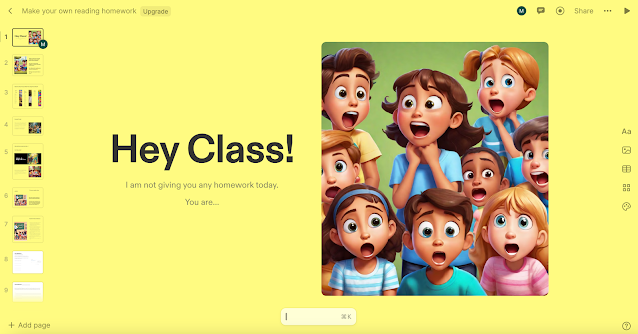#28.Creating an AI Tutor: 3 Key Items

AI has revolutionised the way we can learn generally but also specifically , such as when we prepare for any given exam. The concept of the AI 'tutor' is now familiar to many educators, but how do you quickly make a good AI tutor which can produce relevant and useful practice exam resources for your students? In this blog post we look at answering that question with a focus on how to make an AI tutor as efficient and as easy to use as possible for the users, whether that is the teachers or the students. Firstly, if you watch the short video here you can see 5 simple steps for how to actually make a GPT in OpenAI. Now we have seen how to make a GPT, we need to further consider the 3 key items that go into creating a very useful and efficient AI tutor. These are: 1. Define the Configuration Prompt: A well-structured configuration prompt is crucial. It ensures that the AI understands the scope and requirements of its tutoring capabilities. By specifying the types of questions an




